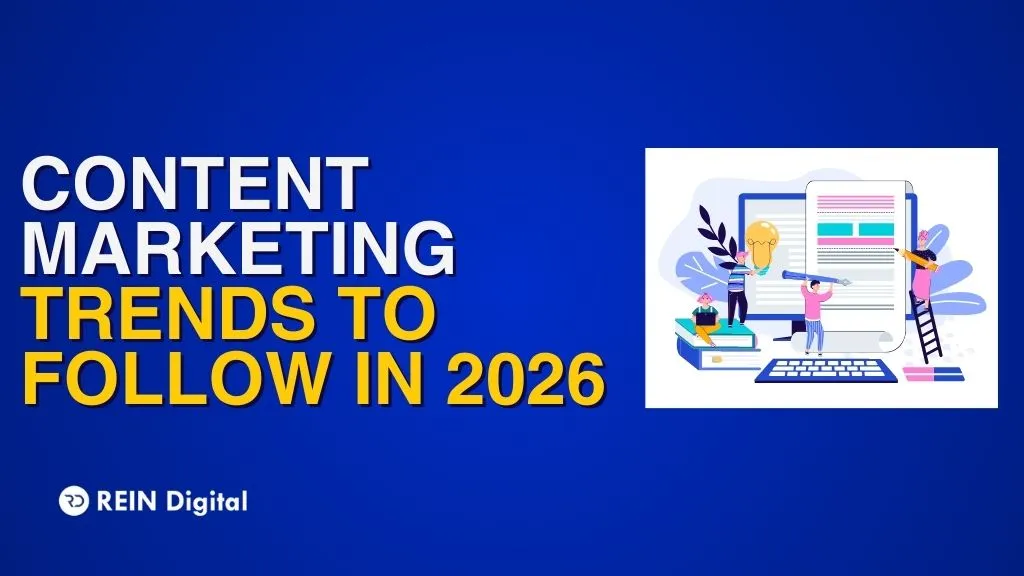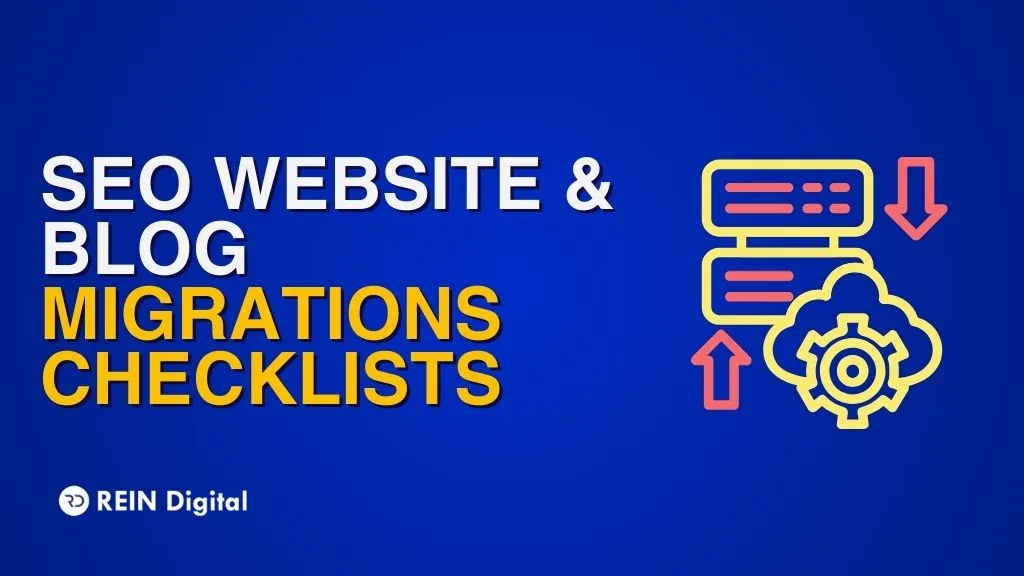
One of the most important and crucial tasks, when you have an idea that might change the world, is to learn how to patent an idea before someone else claims it. More so because the filing process can be scary for a first-timer. To take an idea from conception to patent requires a large amount of investment in time to research the idea and its market. One would also require to create detailed diagrams and write using specific terminology.
First Things First: What is a Patent?
Before we tread into the know-how of how to patent an idea let's check out what the definition of a patent is. A patent is a government license that bestows a right or a title for a set period of time for a particular invention. It especially provides the owner the sole right to exclude others from manufacturing, making use of, or retailing the particular invention for which the patent is issued. Also, possessing a patent for your idea does not however give you the right to make, use, sell or import the idea without undergoing the proper regulatory body. For instance, if you obtain a patent for a thermostat, it doesn't mean that you have the right to sell or market the product before testing it under the appropriate regulatory body. A patent only ensures that you can prevent another person or body from making or marketing whatever is covered in your patent claims.
Types Of Patents
The steps to how to get a patent on an idea succeeds in understanding the types of patents and where they can be used. Patents are classified into three different types.
- Utility patent
- Design patent
- Plant patent
1. Utility Patent
The name patent is usually used for a utility patent. When someone refers to a patent it's the utility patent. According to the USPTO, a utility patent is issued for the idea of a "new and useful process, machine, manufacture, or composition of matter, or a new and useful improvement thereof…”. Utility patents hold the owner's rights up to twenty years from the date of filling up the patent application.
2. Design Patent
Design patents are issued for ideas that are "new, original, and ornamental design embodied in or applied to an article of manufacture…”. In other words, a design patent protects how the product looks while on the other hand, a utility patent protects the way the product is used.
3. Plant Patent
Plant patents are patents issued only for "new and distinct, invented or discovered asexually reproduced plant…”
Who Can Patent An Idea?
Technically speaking, an idea cannot be patented solely. The invention developed from the idea is what you need to patent. This invention needs to be produced or the description of the invention must be detailed in the patent application. Now, who all can patent an idea?
In order to be eligible to patent an idea, you must be someone who-
- Is the inventor of the idea
- Has been assigned the invention by another person
- Is the legal executor, representative, or administrator of the deceased inventor
- Is the co-inventor (who has contributed more than money) and has applied for the patent as a joint inventor
- Is not an employee of USPTO unless the patient has been received as a bequest or as an inheritance.
How To Patent An Idea: Steps To Be Followed
1. Record How You Came Up With The Idea
Once you get the million-dollar idea, you need to keep a track of your invention and step by step progress in a journal or a notebook. A well-kept book of your progress will serve as proof that the idea was yours and will potentially help you with your creative progress. You should carefully detail everything including corrections, improvements, and mistakes that might happen before you fill out the patent application. Also, remember to sign and dot each entry and have two reliable witnesses sign it. Another important factor to keep in mind is to make a note of who all have access to your idea. Make sure you make them sign the NDA (non-disclosure agreement). This should include all the contractors, employees, and any other person who might have come in contact with you concerning working for your idea. Your NDA should include a clause of acknowledgment that all the rights to your idea and the work done on your idea by the employees, contractors, or others are under your sole ownership. You should always be in touch with your patent lawyer and only under his/her supervision should you contract any or all NDAs about your invention and any potentially patentable ideas.
2. Research About Idea
Your idea that you are looking forward to obtaining a patent must be patentable under the current patent laws. For that, you have to research extensively on your idea and make sure that the idea is not abstract or a natural phenomenon since you can’t patent those. Your research should also include a USPTO patent search so that you know if any other patent has been already issued on the said idea. You also won’t be able to obtain a patent if a patent for the said idea is under process or pending. You should also remember to look for foreign international patents and review any related scientific and technical journals. Some market research might also be needed to make sure that your idea is marketable and you can gain monetary value from it so that the time and cost invested are fruitful. Your market research must include proper analysis of products that perform tasks similar to your idea. You also have a complete evaluation of your potential competitors. Here are three points you have to keep in mind while patenting your idea.
- New: Have you heard of the idea before or something similar?
- Non-obvious: Is the idea something that others can easily come up with?
- Useful: Can the idea be useful practically?
3. Develop A Prototype Of The Invention
A prototype of your invention is necessary to highlight all the features mentioned in your patent for your invention. It also means that you have something tangible to show to potential customers or investors or licensees. Most importantly you would also come across any corrections or problems with your design while developing the prototype that you will otherwise miss. A prototype will also bring to light the features of your invention that may in itself be patentable. The prototype could be as simple as a drawing or an actual working model. A working model is the best option as it is more obvious. If a prototype is too costly for you then you could consider developing a virtual one. Here are some tips for creating an attractive prototype.
- Drawing: You should always start with a drawing of your invention in your journal.
- 3D model: Next step is to develop a mockup in 3D.
- Fully working model: The final step is to create a fully working model from the 3D model.
4. Provisional Patent Application
This is the significant step on how to get a patent on an idea. With the prototype in your hand, you are ready to fill up the patent application. First, you have to fill up the provisional patent application and then a non-provisional one. The provisional patent application requires a specification but no formal patent claim, oath, declaration, or any information disclosure. The non-provisional patent application comes next and it must be filed within 12 months of the provisional patent application which would cost $65 for micro-entities, $130 for small entities, and $260 for large entities. The main issues you have to deal with while filing a patent are as given below.
- Cost: Filing a patent application costs anywhere from $5000 to $7000 for simpler applications and over $16000 for complicated ones like a software patent. Tying up with an investor would be a feasible way out.
- Patent Type: Determine the patent type (utility, design, or plant) before filling up the parent application. In most cases, inventors go for the utility patent.
- Provisional Patent: The actual patent is the non-provisional patent but before filling it up you must fill up the provisional patent application with the USPTO. It is a document that establishes an early filing date for the non-provisional patent application. This will give you a “Patent Pending” status and the right to use that term in your documents describing the invention.
5. Non-provisional Patent Application
- A non-provisional patent application is also called a Regular Patent Application (RPA) and this patent will protect your invention. The USPTO recommends that you hire a registered attorney to file a non-provisional patent even though you can do it yourself.
- There is a non-electronic fee attached with filing applications offline at $400. Thus, filing it up online is cheaper. Also, make sure you upload the documents in PDF format and note the specific guidelines mentioned.
- First-timers should apply for a customer number for keeping track of all the files and correspondences and a digital number for security purposes.
- A drawing showing every feature of the invention should also be included in your patent.
- You can hire someone for around $75 to $150 to do it for you. Patent drawings have very strict requirements like a list of materials, size, symbols, form, size of the paper, color, margin, font, etc.
- The final thing that you should include is a signed and notarized oath declaring that you believe in yourself to be the inventor of the idea. Once you receive your authorization code and reference number either through mail or phone, you can rest assured that your patent has undergone the certification.
Two sections that are most important in a patent application are the narrative and the claim sections.
- Narrative: The narrative section of the patent should include a description of the prototype or invention, the reason for it being invented, and the construction, material, and working of the invention.
- Claim: The claim should be written in statements with a capital letter and ending in one period. It should not have any quotation marks or parentheses. The statement must declare an independent claim (which is a broader description of the invention). After that, a dependent claim should be written with remarks and drawings of the invention.
Here are the detailed steps on how to patent an idea using USPTO’s EFS.
- Login to EFS.
- Upload your digital certificate.
- Enter the password given when you applied for the certificate.
- Fill in the bibliography data (such as the name of the invention, your name and address, and customer number).
- Attach required PDF documents.
- Enter the category and description of each document that you attached.
- Calculate the filing fee by selecting the right options on the calculating tool.
- Review each document that you attached plus the application form.
- Submit the form.
- Pay the required fee with a credit card, USPTO deposit amount, or EFT.
Proceedings After Filling the Patent Application
Three actions can come from the USPTO, the “Office Action'', the “Final Office Action” and the “Notice of Allowance”. The Office action means your patent has been rejected and you can reply with the help of your patent lawyer by making changes in your application and making it patentable. The final office action indicates that the USPTO disagrees with your response to the office action and you can either file for a second response or a request for continued examination. The third act which is the notice of allowance says that your patent has been accepted and you can pay the issue fee.
The Bottom Line
We have curated a lot of information on how to get a patent on an idea on this page. You must have trouble going over the filing procedures of patenting an idea so it is always better to hire an experienced patent attorney. He/she would not only file your application for you but also word it strongly so you can be rest assured that your claims have a solid base and your competitors would not be able to take them from you. The overall time for filing and obtaining a patent application is around 1 to 3 years. Once you have obtained the patent, it stays valid and protected for 14 to 20 years depending upon the type.
Here are the helplines you can follow with your queries on how to patent an idea. You can complete the customer number request form and fax it to Electronic Business Center at (571) 273-0177, or mail it to Mail Stop CN, Commissioner for Patents, P.O. Box 1450, Alexandria, VA 22313-1450. If you need any help with respect to completing the form you can contact 1-800-PTO-9199 (1-800-786-9199) and select option 2. The filled digital certificate can be mailed to Mail Stop EBC Customer Number, Commissioner for Patents, P.O. Box 1450, Alexandria, VA 22313-1450.














